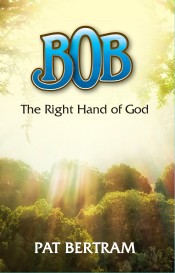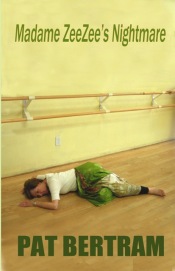It rained most of the night, and when the clouds stopped bursting, they left behind a dark and damp day. The tarot card I picked this morning wasn’t any cheerier — it spoke of strife and quarrels, illness and inner conflicts. Luckily, none of those things seem to have anything to do with me, but today was a good day for huddling under the covers and reading, and the books I got from the library are full of all those things.
When the story I was reading became as dreary as the day, I went online and basked in the light of the computer screen to do more research on the tarot. My latest plan of action is to finish out my tarot year (begun on July 1, 2020) with one-card readings, then go to two-cards for a month, then three-cards for the next month, then four cards . . . well, you get the point. Apparently, a person can use any number of cards for a reading, even using the whole deck, though I can’t imagine trying to make sense of that bit of chaos.
I’d planned to use a specific deck for that second phase, the deck that so far seems the only one to speak to me — if a vague affinity can be called “speaking” — but I haven’t yet finished sampling all the decks. If I continued the way I’ve been going, learning each deck by doing a one-card reading for a month, it would take me another year or two to try out all the traditional 78-card decks I have, and then another year for the specialty decks. Most decks, of course, combine the Major Arcana (the twenty-two cards depicting the human archetypes that show a person’s spiritual evolution into enlightenment) with the Minor Arcana (the court cards and the numbered cards), but I have a few decks that are simply the twenty-two Major Arcana cards, while a palmistry deck seems to be just the Minor Arcana. The Persian tarot has fifty-five cards. The Oracle of the Triad has fifty-seven cards. The Chinese Horoscope has forty-seven. The Book of Destiny deck has thirty-three cards. A cartomancy deck has thirty-two. If that isn’t confusion enough, I also have a Deva Tarot deck that has an additional suit called the Triax, for a total of ninety-three cards.
So many options and possibilities!
That, I think is what keeps me interested in the Tarot — the possibilities. I’m sticking with the traditional decks for now because that’s where I find most of the focus for study, both online and in the books I own, but even there, I find a plethora of possibility. There seems to be a vast array of spreads and layouts, and an even greater number of ways to read each spread.
There are also secret codes and arcane symbols on the cards adding further complexity to readings if one chooses to consider them in order to find deeper meaning. According to one interpreter, he keeps his interpretations of the cards brief because if he gave all the various meanings of the cards, he could fill an encyclopedia. Still, it amuses me that so many of the books accompanying the decks will spend pages describing each of the cards, defining the symbols, explaining the codes, and then, at the end of those pages will give the card’s meaning in a single sentence. I really don’t see the purpose of all those symbols and images and codes if it all just comes down to a few keywords.
But then, I am a neophyte. Maybe ten years from now, when I’ve learned much about the cards, I’ll be able to understand, but for now, not so much. Mostly, this research is a way to play with the cards I inherited from my deceased brother, rather than simply treating them like a curiosity.
And it gives me something to think about on this dreary day.
Besides, you never know — I might actually learn something important from all this research and study and practice.
***
Pat Bertram is the author of Grief: The Inside Story – A Guide to Surviving the Loss of a Loved One. “Grief: The Inside Story is perfect and that is not hyperbole! It is exactly what folk who are grieving need to read.” –Leesa Healy, RN, GDAS GDAT, Emotional/Mental Health Therapist & Educator











Please leave a comment. I'd love to hear what you have to say.